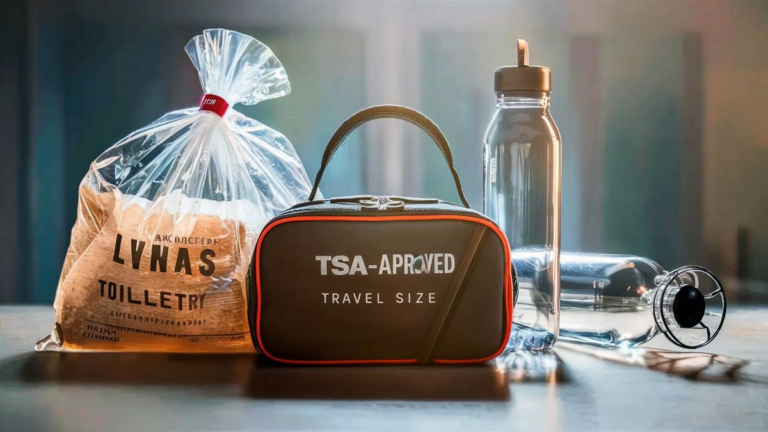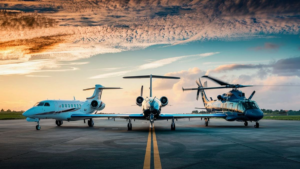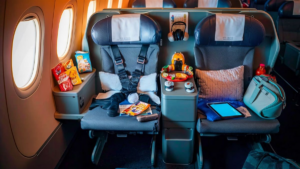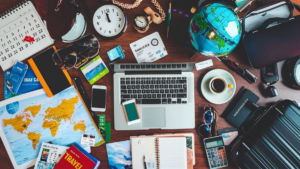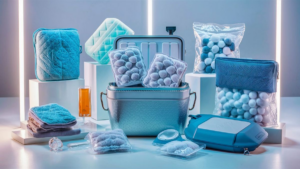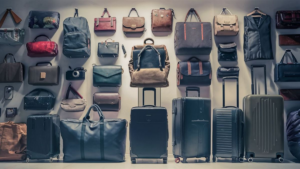When it comes to air travel, there are numerous regulations and guidelines passengers must adhere to in order to ensure a safe and smooth journey. One common question that often arises is whether or not travelers are permitted to bring empty water bottles with them on a plane.
Understanding Transportation Security Administration (TSA) Regulations
The Transportation Security Administration (TSA) is responsible for enforcing security measures at airports across the United States. When it comes to empty water bottles, the TSA has specific guidelines that passengers should be aware of.
According to TSA regulations, passengers are allowed to bring empty water bottles through security checkpoints. This means that if you have an empty water bottle, whether it’s plastic, metal, or another material, you can typically take it with you through the security screening process.
Benefits of Bringing an Empty Water Bottle
Bringing an empty water bottle with you when you travel can offer several benefits. Firstly, it allows you to stay hydrated during your journey without having to purchase expensive bottled water at the airport. Many airports have water fountains or filling stations where you can refill your bottle before boarding your flight.
Additionally, having an empty water bottle on hand can be useful for storing other liquids or items that you may need during your flight, such as hand sanitizer or lotion. By utilizing a reusable water bottle, you can also reduce your environmental impact by avoiding single-use plastic bottles.
Exceptions and Considerations
While empty water bottles are generally permitted on planes, there are some exceptions and considerations to keep in mind. It’s important to remember that security regulations can vary depending on the airport and country you are traveling to.
Some airports may have additional restrictions on the size or type of containers allowed through security checkpoints, so it’s always a good idea to check the specific guidelines for the airport you will be departing from.
Additionally, if you plan to fill your water bottle after passing through security, be sure to empty it completely before going through the screening process. Any liquids, including water, that exceed the allowable limit (typically 3.4 ounces or 100 milliliters) will need to be discarded or placed in a checked bag.
In Conclusion
So, can you take an empty water bottle on a plane? The answer is generally yes. Empty water bottles are typically allowed through security checkpoints, giving passengers the convenience of staying hydrated without having to purchase bottled water at the airport. However, it’s important to be aware of any additional regulations or restrictions that may apply at the airport you are traveling from.
By understanding and following TSA guidelines, travelers can ensure a smooth and hassle-free experience when it comes to bringing empty water bottles on planes.
Frequently Asked Questions
Here are some commonly asked questions regarding bringing empty water bottles on planes:
| Question | Answer |
|---|---|
| Can I bring a reusable water bottle? | Yes, reusable water bottles are typically allowed through security checkpoints. |
| Are there restrictions on bottle size? | Some airports may have restrictions on the size or type of containers allowed, so it’s best to check with the specific airport. |
| Can I refill my water bottle after passing through security? | Yes, many airports have water fountains or filling stations available for passengers to refill their bottles. |
| What should I do if my bottle exceeds the liquid limit? | Any liquids exceeding the allowable limit will need to be discarded or placed in a checked bag before passing through security. |
Environmental Impact
Bringing a reusable water bottle not only benefits you personally but also contributes to reducing plastic waste. Single-use plastic bottles contribute significantly to environmental pollution, so opting for a reusable alternative can make a positive difference.
Security Screening Process
Understanding the security screening process can help expedite your journey through the airport. Be sure to follow TSA guidelines closely to avoid any delays or issues during the screening process.
See also:

